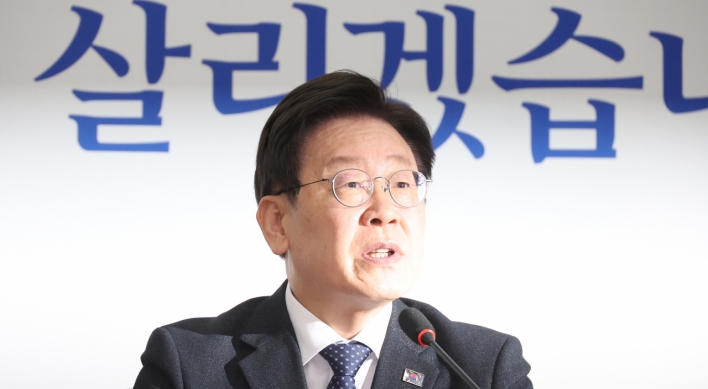[SUPER RICH] Hong Kong’s young billionaire dreams of democratizing art
By Korea HeraldPublished : Oct. 6, 2015 - 17:26
“Democratizing art” is the aspiration of the 35-year-old Hong Kong business entrepreneur and art collector Adrian Cheng.
The Superrich team met Cheng in August at the Gana Art Gallery at Pyeongchang-dong, Seoul, for his first standalone interview with a Korean daily.
Adrian Cheng is the third-generation executive of Hong Kong’s New World Group, which owns real estate company New World Development, jewelry retailer Chow Tai Fook, as well as department stores, shopping malls, duty-free stores, hotels and resorts.
His grandfather, Cheng Yu-tung, and founder of New World Group, has assets of $15 billion and the 71st richest man in the world and third-richest in Hong Kong, according to Forbes.
Adrian Cheng himself also has impressive wealth. Asset information website Wealth-X estimates his assets to be around $4.4 billion.
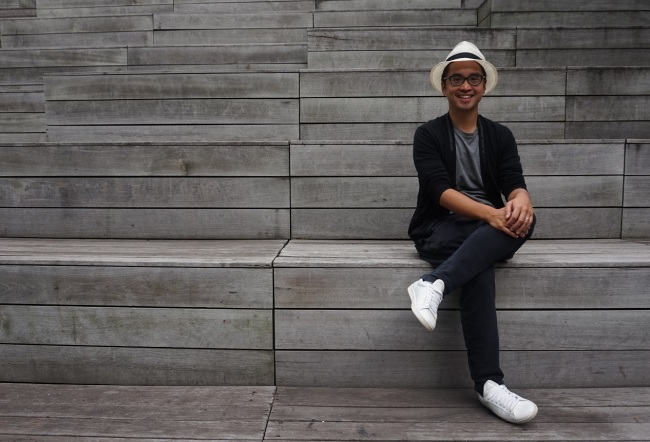
He majored in East Asian studies at Harvard University in 2002, studied in Japan for a year and received an honorary doctorate in the humanities from the Savannah College of Art and Design in 2014.
Cheng currently works on the family business as the executive vice chairman of New World Development and executive director of Chow Tai Fook, as well as the founder and chairman of the K-11 Art Foundation, a nonprofit organization that supports the development of Chinese contemporary art and artists via international collaboration and artist residency programs.
Additionally, Cheng is considered one of the major players in the global art market as an art collector. In addition to setting up the K-11 Art Foundation, he also holds multiple positions in art institutions, including board director of the National Museum of China Foundation, board director of the West Kowloon Cultural District, visiting committee member of The Metropolitan Museum of Art, trustee of the Royal Academy of Arts, member of TATE’s Asia Pacific Acquisitions Committee and member of International Circle of Centre Pompidou.
He was also selected as one of the “Young Global Leaders 2012” by the World Economic Forum, one of the “40 under 40” by Fortune in 2012 and one of the “Power 100” by Art Review in 2014.
Cheng has also invested in two Korean companies, investing 22 billion won (about $18.8 million) in coupon application YAP and 18 billion won ($15.4 million) to cosmetics brand It’s Skin.
The young billionaire spoke straightforwardly and without affectation. During the interview, he showed the team an Instagram photo of an artwork he purchased from French artist Lili Reynaud-Dewar, and casually mentioned plans to meet German artist Katharina Grosse in Berlin the following week to purchase her work.
Cheng was also enthusiastic about Swiss artist Pamela Rosenkranz, describing her work as “superb.”
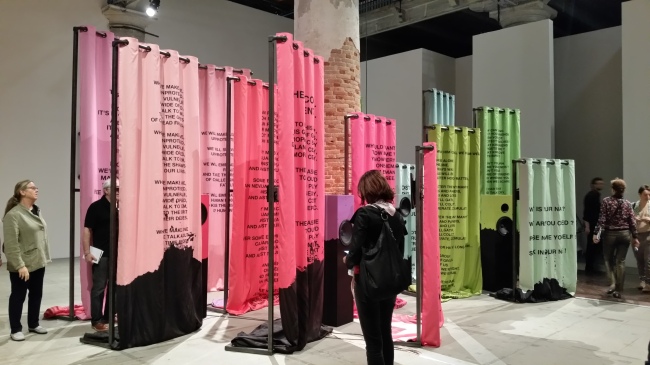
As an art collector, Cheng’s goal of democratizing art comes to the fore. He said the reason that he keeps building galleries and buying artwork is to make art into something that everyone can enjoy.
Cheng, who owns a house in Hannam-dong next door to Korean singer Psy (who Cheng regarded as a “friend”), expressed his plans to live in Korea after retirement, stating Koreans’ “authenticity” of brotherhood and emotional bonding.
Below is the interview with Cheng:
Korea Herald: Tell us about the collaboration exhibit in Pompidou and Palette Tokyo this year.
Adrian Cheng: Palette Tokyo is a three-year partnership with shows, exhibitions and artists and residency and cross-cultural programs. It’s the first ever Palette Tokyo collaboration of the Asia Institute. So from last year onward, we did a show in Paris, Hong Kong, Art Basel, now in Shanghai, we all just did a show with a Chinese artist in Palette Tokyo in June.
Same going for Pompidou. Pompidou (has) a contemporary Chinese art research program with exhibitions, performance and a documentation and research of contemporary Chinese artists’ art.
KH: Do you have any plans to do any cross-residency programs with Korean artists?
AC: Yes, we’re looking at it. If you have any recommendations, please email me!
Q: Do you have any particular Korean artists you are interested in?
A: We commission projects from Gwon Osang. We did a big two-show, one solo show for Choi Jeong-hwa before, and I commissioned a big piece. Choe U-ram is very good. I like Suh Do-ho.
I’m going to have two big public art projects in China (next year and two years later), which are going to be extremely big, for Gwon Osang, for Choe U-ram, (and) for Choi Jeong-hwa three.
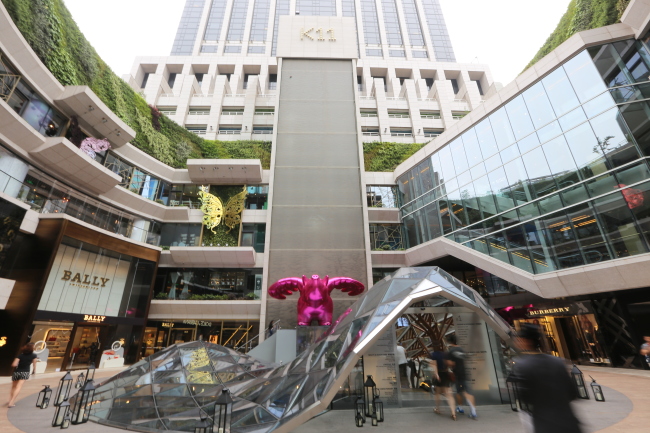
Q: Do you sometimes do curating?
A: I curated once. I curated a Zhang Enli show last year in Hong Kong.
Q: What’s your own standard for collecting pieces?
A: I personally like paintings a lot. I have a beautiful Georg Baselitz piece. I like sculptures. I like installations too. I have lot of video artists. I’m going to do a premiere, because I’m the chief producer of this 9-hour film video art for a Chinese artist. It will premiere and debut at Istanbul (Biennale).
Q: Do you usually go to most of the art fairs and biennales? When do you do other business?
A: Yes. Venice, the Art Basel, Greece, London, New York.
When I go to a city, I always have business there; China, Hong Kong, Korea, U.S. and Europe.
Q: Are your businesses related to the art business or are they a separate business?
A: The investment company is different, but everything that I do is about creating imagination, and art is something that is the base, and the fundamentals of creating imagination.
I collaborated with an Italian investment fund, we both invested and bought 90 percent of Roberto Cavalli. It was announced in May. And now I am the board member of the Roberto Cavalli. I’m flying to Milan fashion week for the board because I do retail as well. I’m going to open 19 shopping malls and 43 department stores in China. We also distribute Red Valentino Moschino in China, we distribute Ferraris in China as well.
Q: Have you ever counted what you owned?
A: The art pieces? We don’t have a list, because I collect a lot of different things. At the Venice Biennale, I collected Lili Dewar’s installation.
I don’t store it, I put it in the warehouse. Because I’m building a museum in Beijing in 2018.
Q: In Korea, art is very often used for tax avoidance and bribery. Do you have any thoughts on that?
A: I mean, it depends on the objectives, because for us, we collect because we are building museums or wanting to exhibit the art. We’re transparent.
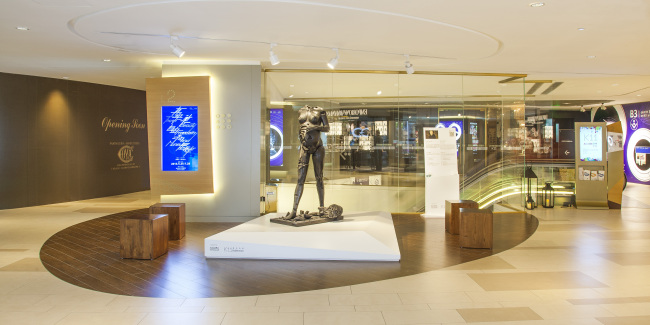
Q: The Qatari royal family bought very expensive masterpieces for museums, so are you doing a similar thing?
A: Yes, of course. As I said the K-11, we have our museums, art spaces, an art foundation and these spaces are also in commercial spaces as well. So we are enabling 1 million people (in) commercial spaces to appreciate art. We’re democratizing art as well. Art education, art universities, art for the kids. People in the commercial spaces can come to the museums and look at the arts, so you have a lot of exposure for these artists and these curators, and you can also do a lot of art education.
We have Damien Hurst, Yoshimoto Nara, we have Zhang Huan. We have Lilli. I have a lot of emerging artists.
Q: As an art collector, what is your objective?
A: My mission is really to democratize art.
A good artist doesn’t mean that their art is the most expensive. Good art and expensive art doesn’t correlate totally because expensive art is a (function of) demand and supply of the market.
If you don’t look at the price, don’t look at the market, art is everywhere, art is the people’s most fundamental base of humanity, so anyone can be an artist, and everyone can be an artisan. And if this is true, then art is for everyone; why is it only for rich people?
By The Korea Herald Superrich Team (sangyj@heraldcorp.com)
Kim Ami, Hong Seung-wan, Cheon Ye-seon, Bae Ji-sook, Yoon Hyun-jong, Min Sang-seek, Kim Hyun-il, Sang Youn-joo
-
Articles by Korea Herald









![[Hello India] Hyundai Motor vows to boost 'clean mobility' in India](http://res.heraldm.com/phpwas/restmb_idxmake.php?idx=644&simg=/content/image/2024/04/25/20240425050672_0.jpg&u=)





